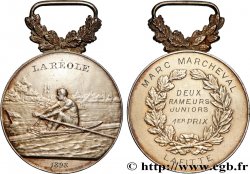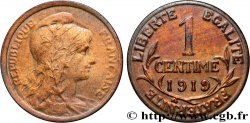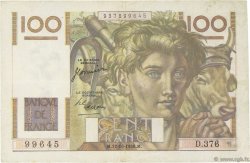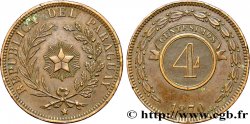fme_369980 - III REPUBLIC Médaille de thèse de la faculté de médecine
недоступный.
Товар уже продан в нашем интернет-магазине (2017)
Цена: : 140.00 €
Товар уже продан в нашем интернет-магазине (2017)
Цена: : 140.00 €
Тип Médaille de thèse de la faculté de médecine
Дата: 1888
Монетный двор / Город: 75 - Paris
Металл: bronze
Диаметр: 50,5 mm
Ориентация осей монеты: 12 h.
Гравер BARRE Auguste (1811-1896)
Вес: 61 g.
Век: lisse + corne BRONZE
Комментарии о состоянии
Superbe médaille avec de beaux reliefs et une patine brune avec des zones rougeâtres autour des reliefs
Лицевая сторона
Аверс: легенда: AESCULAPIVS.
Аверс: описание: Tête d’Esculape à gauche, un bandeau enroulé dans les cheveux.
Обратная сторона
Реверс: легенда: FACULTÉ DE MÉDECINE DE PARIS // À / LEJARS / MARIE. LOUIS. FÉLIX / NÉ LE 30 JANVIER 1863 / À UNVERRE / (EURE ET LOIR) / THESE / 1887-1888.
Реверс: Описание: Légende en huit lignes horizontales dans une couronne de chêne ; légende circulaire autour.
Комментарий
Félix Lejars (1863-1932), gendre de Lefort lui-même gendre de Malgaigne, était chirurgien des hôpitaux en 1899, il sera chef de service à Tenon et à Saint-Antoine, professeur en 1912, secrétaire général de la Société de Chirurgie de Paris de 1914 à 1919 et président en 1920.
Jean-Auguste Barre dit Auguste Barre (Paris, 25 septembre 1811 - Paris, 5 février 1896) est un sculpteur et médailleur français. Il est le 20e graveur général des monnaies.
Auguste Barre reçoit son premier apprentissage auprès de son père, le graveur en médailles Jacques-Jean Barre. Il perfectionne sa formation de sculpture auprès de Jean-Pierre Cortot, de modelage auprès de David d'Angers et suit l'enseignement du peintre Achille Devéria.
Exposant au Salon de 1831 à 1886, il remporte dans la section de sculpture une médaille de deuxième classe en 1834, de première classe en 1840, puis est nommé au grade de chevalier dans l'ordre de la Légion d'honneur en 1852.
Sans avoir concouru pour le Prix de Rome, Barre peut toutefois poursuivre une importante carrière officielle. À partir de 1835, il crée des portraits dont le genre familier et intimiste sera ultérieurement repris par la photographie. Réalisant pour le roi Louis-Philippe Ier le gisant de sa mère la Duchesse d'Orléans pour la chapelle royale de Dreux, sa renommée va croissant sous le Second Empire. N'exécutant pas moins de vingt-six bustes de Napoléon III et de nombreuses effigies de l'impératrice Eugénie, il fut, dans les années 1850, grâce à son talent habile mais peu porté à la critique, le portraitiste favori de la cour impériale dont il exécute également des portraits en médailles.
.
Félix Lejars (1863-1932), son-in-law of Lefort, himself son-in-law of Malgaigne, was a hospital surgeon in 1899, he was head of department at Tenon and Saint-Antoine, professor in 1912, general secretary of the Société de Chirurgie de Paris from 1914 to 1919 and president in 1920.
Jean-Auguste Barre, known as Auguste Barre (Paris, September 25, 1811 - Paris, February 5, 1896) was a French sculptor and medalist.. He is the 20th general engraver of coins.
Auguste Barre received his first apprenticeship from his father, the medal engraver Jacques-Jean Barre.. He perfected his training in sculpture with Jean-Pierre Cortot, in modeling with David d'Angers and followed the teaching of the painter Achille Devéria..
Exhibiting at the Salon from 1831 to 1886, he won a second-class medal in the sculpture section in 1834, a first-class medal in 1840, and was then appointed to the rank of knight in the order of the Legion of Honour in 1852..
Without having competed for the Prix de Rome, Barre can nevertheless pursue an important official career. From 1835, he created portraits whose familiar and intimate genre would later be taken up by photography.. Having created the recumbent statue of his mother, the Duchess of Orléans, for King Louis-Philippe I for the royal chapel of Dreux, his fame grew under the Second Empire.. Executing no fewer than twenty-six busts of Napoleon III and numerous effigies of the Empress Eugenie, he was, in the 1850s, thanks to his skillful but uncritical talent, the favorite portraitist of the imperial court, of which he also executed medal portraits..
Jean-Auguste Barre dit Auguste Barre (Paris, 25 septembre 1811 - Paris, 5 février 1896) est un sculpteur et médailleur français. Il est le 20e graveur général des monnaies.
Auguste Barre reçoit son premier apprentissage auprès de son père, le graveur en médailles Jacques-Jean Barre. Il perfectionne sa formation de sculpture auprès de Jean-Pierre Cortot, de modelage auprès de David d'Angers et suit l'enseignement du peintre Achille Devéria.
Exposant au Salon de 1831 à 1886, il remporte dans la section de sculpture une médaille de deuxième classe en 1834, de première classe en 1840, puis est nommé au grade de chevalier dans l'ordre de la Légion d'honneur en 1852.
Sans avoir concouru pour le Prix de Rome, Barre peut toutefois poursuivre une importante carrière officielle. À partir de 1835, il crée des portraits dont le genre familier et intimiste sera ultérieurement repris par la photographie. Réalisant pour le roi Louis-Philippe Ier le gisant de sa mère la Duchesse d'Orléans pour la chapelle royale de Dreux, sa renommée va croissant sous le Second Empire. N'exécutant pas moins de vingt-six bustes de Napoléon III et de nombreuses effigies de l'impératrice Eugénie, il fut, dans les années 1850, grâce à son talent habile mais peu porté à la critique, le portraitiste favori de la cour impériale dont il exécute également des portraits en médailles.
.
Félix Lejars (1863-1932), son-in-law of Lefort, himself son-in-law of Malgaigne, was a hospital surgeon in 1899, he was head of department at Tenon and Saint-Antoine, professor in 1912, general secretary of the Société de Chirurgie de Paris from 1914 to 1919 and president in 1920.
Jean-Auguste Barre, known as Auguste Barre (Paris, September 25, 1811 - Paris, February 5, 1896) was a French sculptor and medalist.. He is the 20th general engraver of coins.
Auguste Barre received his first apprenticeship from his father, the medal engraver Jacques-Jean Barre.. He perfected his training in sculpture with Jean-Pierre Cortot, in modeling with David d'Angers and followed the teaching of the painter Achille Devéria..
Exhibiting at the Salon from 1831 to 1886, he won a second-class medal in the sculpture section in 1834, a first-class medal in 1840, and was then appointed to the rank of knight in the order of the Legion of Honour in 1852..
Without having competed for the Prix de Rome, Barre can nevertheless pursue an important official career. From 1835, he created portraits whose familiar and intimate genre would later be taken up by photography.. Having created the recumbent statue of his mother, the Duchess of Orléans, for King Louis-Philippe I for the royal chapel of Dreux, his fame grew under the Second Empire.. Executing no fewer than twenty-six busts of Napoleon III and numerous effigies of the Empress Eugenie, he was, in the 1850s, thanks to his skillful but uncritical talent, the favorite portraitist of the imperial court, of which he also executed medal portraits..







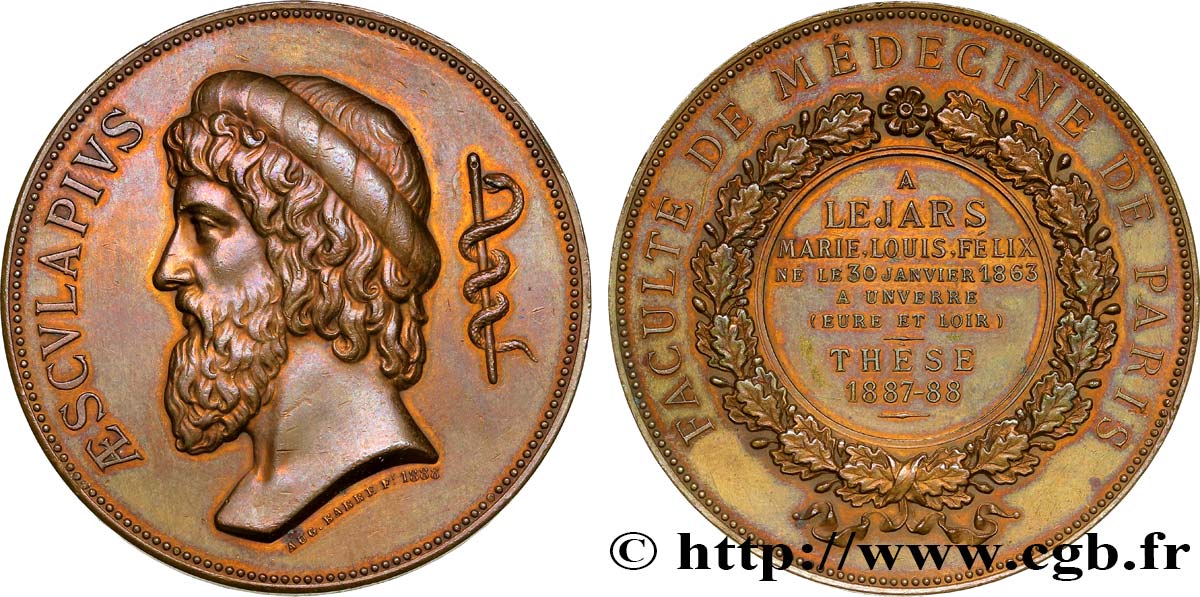
 Cообщить об ошибке
Cообщить об ошибке Распечатать страницу
Распечатать страницу Отправить мой выбор
Отправить мой выбор Задать вопрос
Задать вопрос Consign / sell
Consign / sell
 Информация
Информация